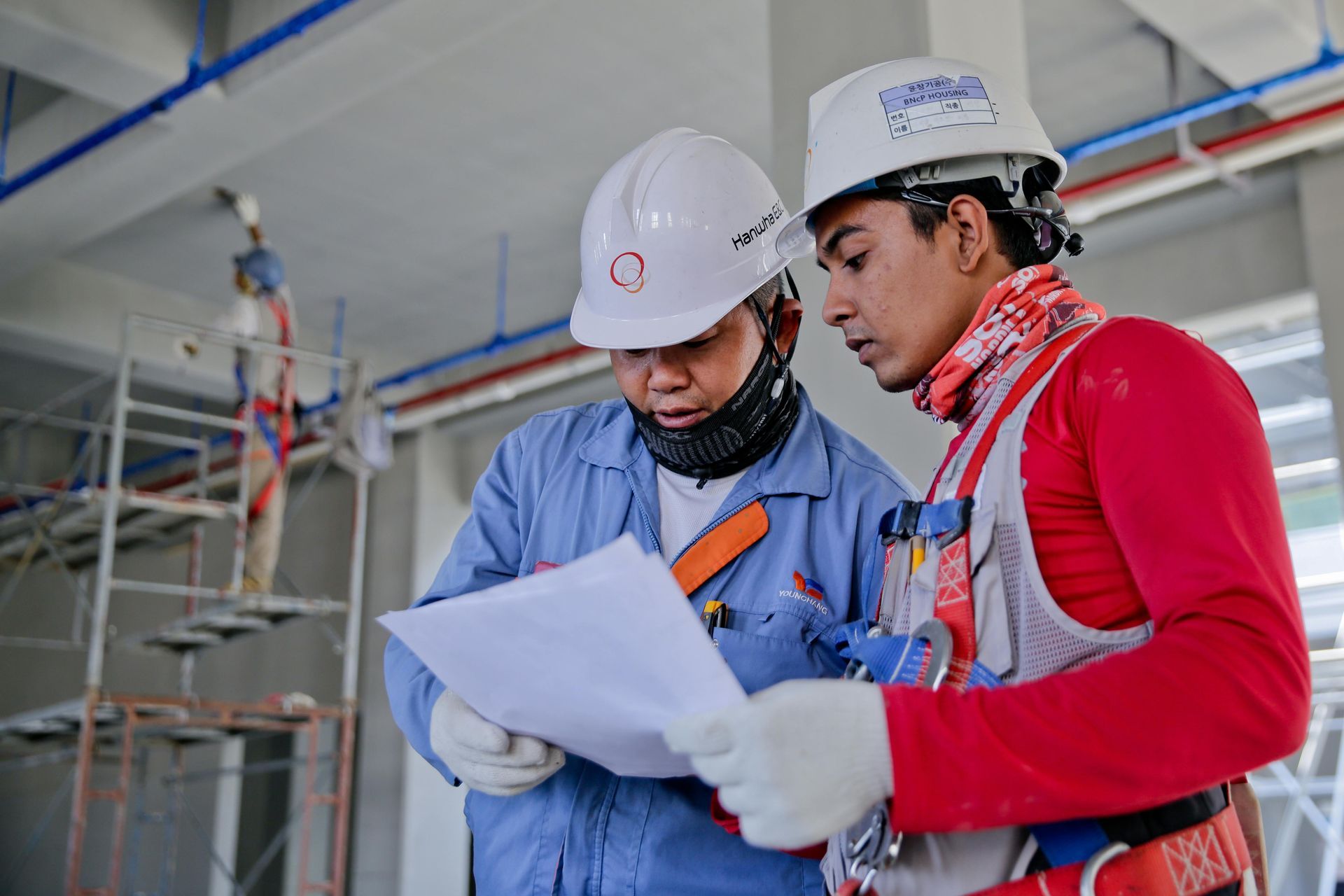Fire Inspection Guidance
Fire inspection guidance is essential for identifying potential hazards, ensuring compliance with safety regulations, and protecting the lives of employees and assets within the workplace.
Fire inspection guidance for a company is crucial for ensuring the safety of employees and compliance with local regulations. Regular inspections should be scheduled to assess fire hazards, including the condition of fire extinguishers, alarms, and emergency exits. Companies should implement a checklist that covers key areas such as proper storage of flammable materials, clear access to exits, and functional fire suppression systems. Additionally, staff should be trained on emergency procedures and how to report potential hazards. Documenting each inspection and maintaining an action plan for any identified issues will help create a safer work environment and mitigate risks effectively.
Key Areas of Fire Inspection Guidance
Fire Extinguishers
- Location and accessibility
- Proper maintenance and inspection schedules
- Staff training on usage
Smoke Alarms and Detectors
- Functional testing and battery checks
- Placement according to building codes
- Regular maintenance protocols
Emergency Exits
- Clear signage and visibility
- Unobstructed access to exits
- Adequate lighting along exit routes
Fire Suppression Systems
- Inspection and testing of sprinkler systems
- Maintenance of fire hoses and standpipes
- Verification of alarm system functionality
Flammable Materials Storage
- Proper labeling and containment
- Compliance with storage regulations
- Regular inventory checks
Electrical Safety
- Inspection of wiring and outlets
- Avoidance of overloading circuits
- Identification of potential fire hazards
Housekeeping Practices
- Regular removal of combustible waste
- Maintenance of clean workspaces
- Monitoring of clutter in exit pathways
Employee Training
- Regular fire safety drills
- Education on emergency procedures
- Training on identifying fire hazards
Documentation and Record-Keeping
- Maintaining inspection records
- Tracking corrective actions taken
- Compliance with local fire codes and regulations
Regular Review and Updates
- Periodic evaluation of fire safety policies
- Updates based on new regulations or technologies
- Continuous improvement of safety practices



